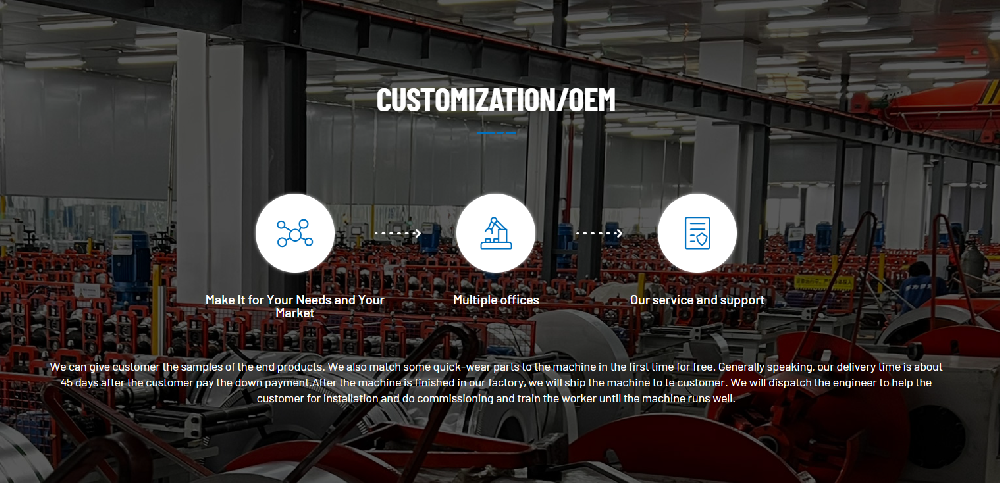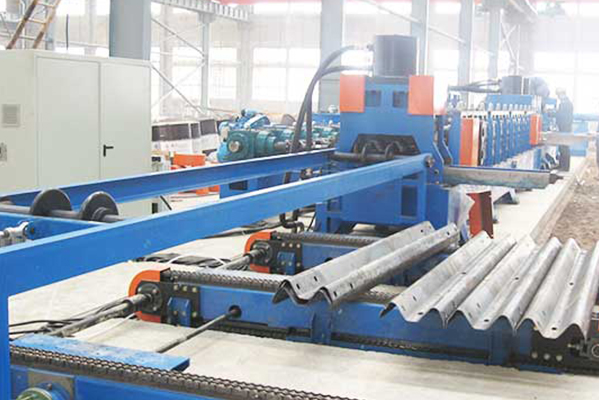Navigation Menu
Contact Us
- Email:
- info@wxavatar.com
- Address:
- Yurong Village, Yuqi Street, Huishan District, Wuxi, China.
Release Date:May 27, 2025 Visit:50 Source:Roll Forming Machine Factory
In modern construction projects, efficiency and precision are essential for delivering high-quality results. One piece of equipment that plays a significant role in achieving these goals is the guardrail roll forming machine. This specialized machinery offers multiple benefits that streamline production while maintaining structural integrity. Below, we explore the key advantages of using a guardrail roll forming machine in construction.

1. Consistent and Precise Production
A guardrail roll forming machine ensures uniformity in guardrail profiles, which is crucial for safety and compliance with industry standards. The automated process minimizes human error, producing guardrails with exact dimensions and shapes every time. This consistency helps construction teams meet project specifications without delays.
2. High Production Efficiency
Compared to traditional fabrication methods, a roll forming machine significantly speeds up production. The continuous operation allows for rapid shaping of metal coils into finished guardrails, reducing lead times and increasing output. This efficiency is particularly beneficial for large-scale infrastructure projects requiring vast quantities of guardrails.
3. Cost-Effective Manufacturing
By automating the forming process, guardrail roll forming machines help lower labor costs and material waste. The precision of the machine ensures optimal use of raw materials, minimizing scrap. Additionally, reduced manual labor requirements contribute to overall cost savings in production.
4. Flexibility in Design and Material Options
Modern guardrail roll forming machines can accommodate various metals, including steel and aluminum, allowing for customization based on project needs. Adjustable rollers and tooling make it possible to produce different guardrail profiles, supporting diverse architectural and safety requirements.
5. Durability and Strength of Guardrails
The roll forming process enhances the structural integrity of guardrails by maintaining metal strength throughout shaping. Unlike welding or cutting, which can weaken materials, roll forming preserves the metal’s properties, resulting in durable and long-lasting guardrails.
6. Ease of Integration with Other Systems
Guardrail roll forming machines can be integrated with additional automation systems, such as punching, cutting, and stacking units. This seamless integration further enhances productivity by reducing the need for secondary processing steps.
7. Reduced Maintenance Requirements
With fewer moving parts compared to other fabrication machinery, guardrail roll forming machines typically require less maintenance. Their robust design ensures long-term reliability, minimizing downtime and repair costs.

Conclusion
The use of a guardrail roll forming machine in construction provides numerous advantages, including consistent quality, high efficiency, cost savings, and design flexibility. By incorporating this machinery into production processes, construction firms can enhance productivity while maintaining high safety and durability standards. As infrastructure demands continue to grow, investing in reliable roll forming technology remains a practical choice for manufacturers and builders alike.